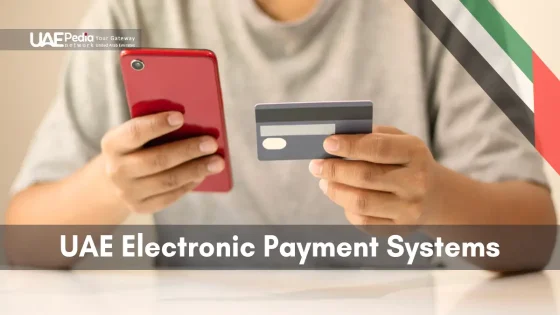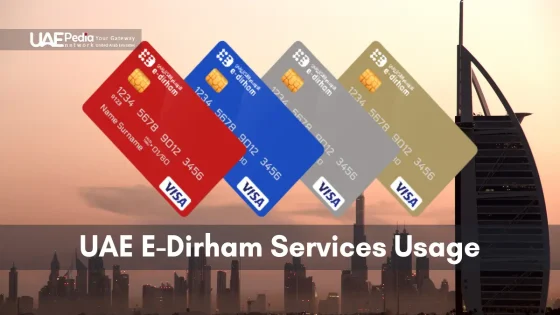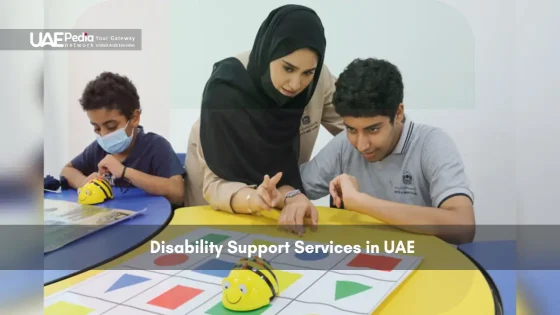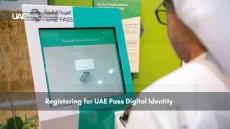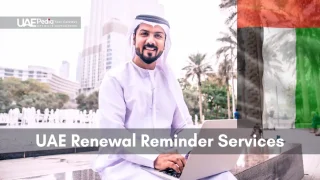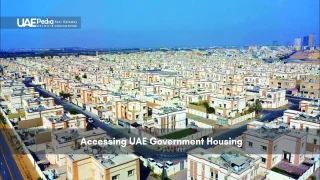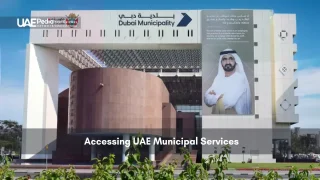The UAE Electronic Payment Systems have revolutionized financial transactions, offering unparalleled convenience, security, and efficiency. As a global leader in digital transformation, the UAE provides a robust ecosystem of government-backed and private payment solutions, ensuring seamless transactions for residents and businesses.
As of 2025, the UAE’s digital payment adoption rate has reached 92% among adults, with government initiatives like the FIT Program driving further integration. (CBUAE 2025 Report).
From Abu Dhabi Pay and DubaiPay to innovative transport solutions like the Nol Card, the UAE’s electronic payment infrastructure supports multiple platforms, including mobile apps, e-wallets, and contactless payments. With rapid advancements in fintech and strong regulatory frameworks, the UAE continues to enhance its digital economy, driving financial inclusion and setting new benchmarks in secure, cashless transactions.
The UAE’s e-commerce checkout stack is characterized by debit-card primacy (outpacing credit cards by volume), sustained Cash-on-Delivery (COD) demand—especially outside urban cores—and wallet fragmentation (Apple Pay, GPay, STC Pay, Payit, etc.). Merchants targeting the Emirates must therefore expose at least three rails: local debit schemes (mada co-badged with Visa/Mastercard), COD with real-time courier reconciliation, and at least one NFC wallet to capture affluent smartphone users. Tokenization and 3-D Secure 2.3 are mandatory under CBUAE’s PSD-equivalent rules, and settlement latency ranges from T+1 for wallets to T+3 for COD, influencing cash-flow planning. In 2025 COD usage has declined to 18% (from 25% in 2023) due to urban digitization, while NFC wallet adoption (Apple Pay, Jaywan) now covers 65% of online transactions. PSPs now offer T+0 settlements for wallets under CBUAE’s 2024 Instant Payment Framework.
From a technical-integration standpoint, PSPs such as PayFort (Amazon Payment Services), Telr, and Checkout.com provide unified REST APIs that abstract the above rails behind a single contract and MID, reducing PCI-DSS scope via hosted-fields or direct-post. Dynamic currency conversion (AED ↔ USD) is supported, but merchants should localize prices in AED to minimize FX disputes. Finally, local BIN look-ups and fraud-scoring tuned for Emirati behavioral patterns (high-value electronics, frequent cross-device journeys) are essential to keep chargeback ratios below the 1 % gateway threshold.
Key Takeaways:
- Abu Dhabi Pay, DubaiPay enable 24/7 payments.
- Nol Card processed 3.1B rides in 2024, with 2025 projections exceeding 3.5B.
- Jaywan card adoption hit 4M in Q1 2025, on track to replace 10M cards by 2026.
- DubaiNow app supports 30+ services.
- UAE aims to double digital GDP.
The UAE’s embrace of biometric authentication and QR code payments is widely regarded as an industry best practice to enhance both security and user convenience in digital transactions. Ref.: “Payneteasy Editorial Team. (2024). UAE Payments: Present Dynamics and Future Directions. Payneteasy.”
UAE Electronic Payment Systems
The UAE is leading in digital payments. It offers many government e-payment Options. This move to electronic payments is a global trend, as seen in the FIS Global Payments Report.
The country’s internet use has grown a lot. This has made digital payments more popular.
Read More:
Government Digital Payment Platforms
Setting up e-payment accounts in UAE is easy. Platforms like Abu Dhabi Pay and DubaiPay make it simple. They offer 24/7 payment for things like bills and fines.
DubaiNow surpassed 35M transactions in 2024, with AI-powered chatbots added in 2025 to streamline utility payments.
Abu Dhabi’s 2025 ‘Pay with Face’ Biometric Pilot for Metro Tolls
As part of the UAE’s push toward frictionless digital payments, Abu Dhabi launched a ‘Pay with Face’ biometric pilot program for metro tolls in 2025, leveraging facial recognition technology to enable contactless fare payments. This initiative aligns with the emirate’s broader Smart Travel project, which integrates AI-driven biometric authentication across transportation hubs to streamline commuter experiences.
Transportation Payment Solutions
The UAE has great electronic payment systems for transport. The Nol card in Dubai is used for public transport. It has processed over 2.5 billion transactions in 2023, worth over Dh2 billion.
The Nol card system has established itself as a proven optimization technique in large-scale contactless transit payments, processing billions of transactions and streamlining mobility across Dubai. Ref.: “Dubai Travel Planner Team. (2024). Dubai Nol Card: Everything Tourists Need to Know Paying for Transport in Dubai. Dubai Travel Planner.”
More than 950,000 people use the Nol app. It shows how popular mobile payments are in UAE.
Nol Card expanded to Sharjah buses in 2024, with 1.2M users added. The app now integrates with RTA’s AI route planner. Abu Dhabi’s Hafilat card saw 300% YoY growth in contactless payments after 2024’s NFC upgrade.” (RTA Annual Report 2025).
Banking and Card Services
Banks are key in the UAE’s electronic payment world. Most UAE banks let you pay government fees directly. This makes paying easier.
The UAE takes payment security very seriously. It watches for suspicious activities in real-time. 91% of residents trust digital payments post-2024 CBUAE fraud-prevention mandates, including AI-driven anomaly detection. 2025’s ‘Zero-Trust’ authentication rollout for high-value transactions. (UAE Cybersecurity Council 2025).
The UAE is working hard to be a leader in digital payments. Its National Payments System Strategy (NPSS) supports QR code payments and quick transfers. The UAE is making payments easy and safe for everyone.
The National Payment Systems Strategy (NPSS) in the UAE enables 24/7 instant payments up to AED 50,000 per transaction while supporting QR-based payments, split payments, and simplified fund transfers, underpinning financial innovation and accessibility. Ref.: “GSSTech Group. (2024). National Payment Systems Strategy(NPSS – UAE IPP). GSSTech Group.”
Digital Payment Market Growth and Trends
The UAE’s digital economy is growing fast. This is thanks to the UAE’s Digital Economy Strategy. The plan wants to double the digital economy’s GDP in ten years.
UAE’s e-commerce market hit $11.5B in 2024, projected to reach $16B by 2027 (7.9% CAGR). 56% of residents now use e-commerce, averaging $2,300 spend annually.” (Dubai Chamber of Commerce 2025). Aani instant payments processed $12B in Q1 2025, with 15 banks now onboarded.
More people are using e-commerce in the UAE. In 2023, 49.4% of people used it. By 2028, this number will rise to 60.0%, with 5.805 million users. The average person spends about US$2,004 online, showing the market’s potential.
The UAE’s digital payments are changing fast. The Financial Infrastructure Transformation (FIT) Program will help by 2026. It includes nine key steps to improve electronic payments and financial inclusion.
The accelerated rollout and continuous upgrading of digital infrastructure (such as QR integration, biometric payments, and e-wallet expansion) demand significant investment in cybersecurity, user education, and interoperability standards to sustain confidence and growth in the UAE payment ecosystem. Ref.: “Central Bank of the UAE. (2024). Regulations and Standards – CBUAE. Central Bank of the UAE.”
A new payment system called “Aani” was launched in October 2023. By June 2024, ten banks and financial institutions joined it. This shows digital payments are becoming more common in the UAE.
The UAE is launching the Jaywan card to boost the digital economy. It’s a card scheme made by AI Etihad Payments (AEP) and NPCI International Payments Ltd. It aims to replace 10 million debit cards in two and a half years.
Check out the below:
The Jaywan card will start in Ajman Bank’s ATM network. This is a big step for the UAE’s digital payments. It shows the UAE is a leader in the digital economy.
Jaywan cards now support cross-border GCC transactions (2025 upgrade), with 6M issued as of March 2025. Ajman Bank reports 40% reduction in ATM withdrawal fees post-adoption. (NPCI International 2025).
